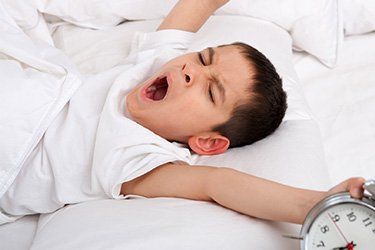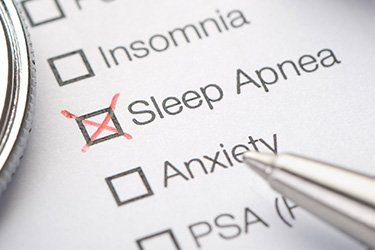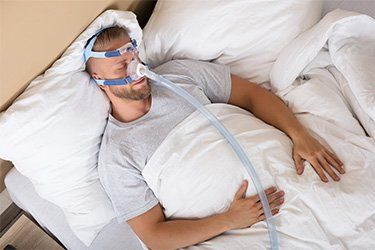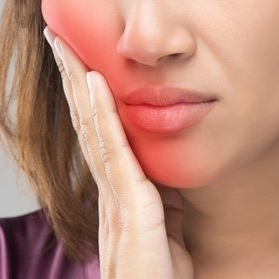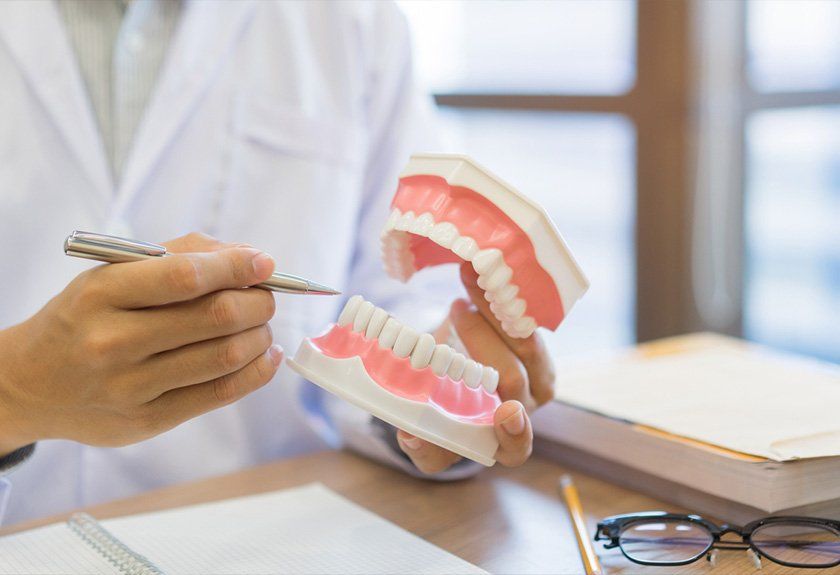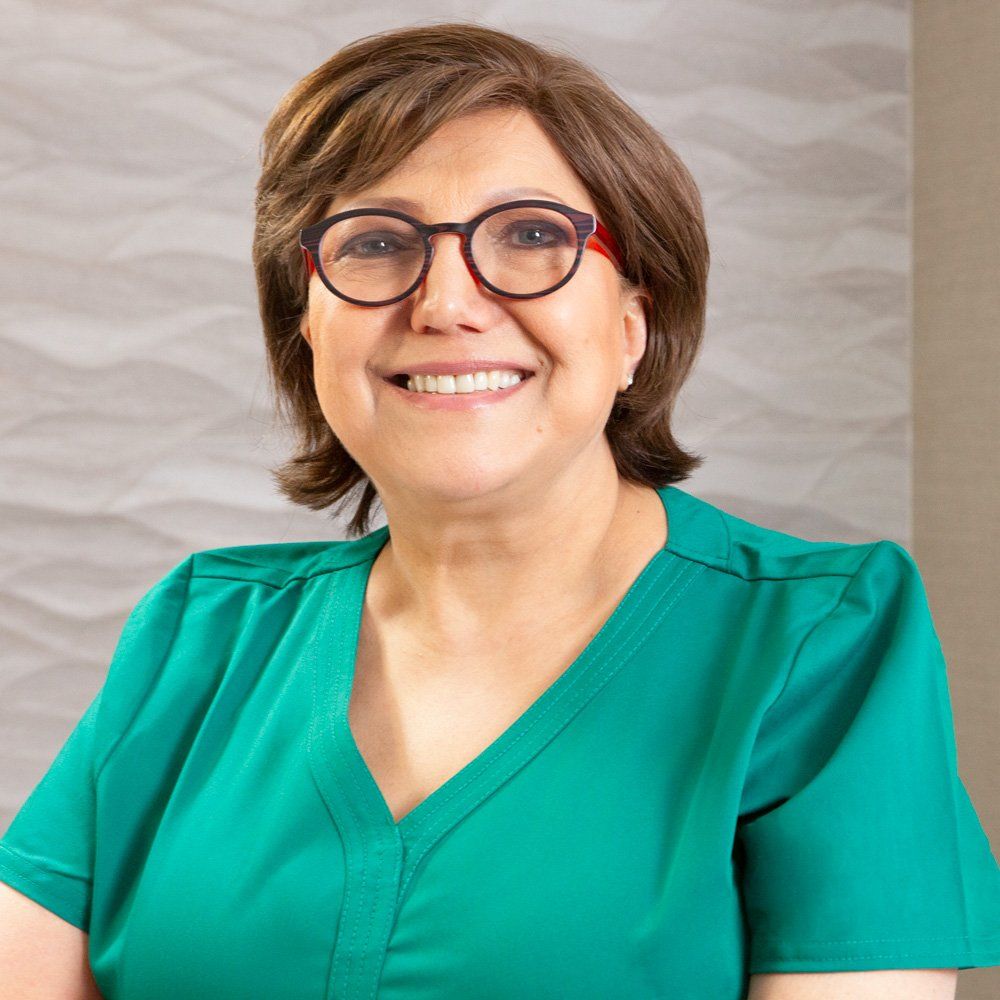Twin Block Appliance
Did you know that if your child's lower jaw is positioned too far backwards, functional appliances like the Twin Block can correct their jaw alignment and improve their overall health?
Functional appliances are devices that are specially designed for orthodontic treatment to help correct bite problems, like underbite or severe crowding. They also encourage forward growth of the jaw to create enough space for your child's teeth in their upper and lower arches.
You may think that improper jaw alignment is simply a matter of appearance or that your child will grow into it, but tooth and jaw alignment issues can cause unnecessary pain and embarrassment. These issues can also lead to more serious medical conditions, such as:
- Tooth decay
- Obstructive sleep apnea
- Intense jaw pain
At Breath of Life Dental (BOLD), we want you and all our neighbors in North Bethesda, MD, and the surrounding area to live healthy and happy lives—starting with your dental wellness!
If your child has improper jaw alignment, call our office at
(301) 818-2653 today to schedule a consultation with Dr. Maryam Seifi for the Twin Block appliance!
Featured Video:
Kristin B.
"Jaw Problems"
What Does the Twin Block Appliance Do?
Twin blocks are functional appliances, or special braces that correct bite problems. Just like braces that align your teeth, the Twin Block will help to align your child's jaw and create more space for the teeth in their mouth
Ready to help your child or teen improve their health and confidence? Call Breath of Life Dental at
(301) 818-2653 to schedule a consultation for the Twin Block today!
What Does the Twin Block Appliance Treat?
The Twin Block technique is used to treat the following conditions in children and teenagers:
Does your child or teen have malocclusion or mandibular retrognathia? Call Breath of Life Dental at
(301) 818-2653 to schedule a consultation for the Twin Block today!
Are There Any Risks of Untreated Malocclusion or Retrognathia?
Unfortunately, if left untreated, these two conditions can cause severe health problems down the line. For malocclusion, these risks can include:
- Tooth decay
- Tooth loss
- Gum disease
- Damaged tooth enamel
- TMJ or jaw pain
- Low self-confidence
And for retrognathia, the risks of leaving it untreated can include:
- TMJ or jaw pain
- Low self-confidence
- Obstructive sleep apnea, which can lead to further medical complications
It is best to get these conditions treated sooner rather than later to avoid unnecessary pain, medical troubles, or issues with self-esteem. To schedule a consultation with Dr. Maryam Seifi, call our office at
(301) 818-2653 today!
What Does the Twin Block Appliance Look Like?
The Twin Block appliance design is composed of two parts—one orthodontic treatment device for your upper jaw and one for your lower jaw. These two devices look very similar to a dental retainer like what you use after getting your teeth straightened with braces.
The Twin Block, however, does not just focus on your teeth. Instead, each part of the appliance has a strong acrylic expander that gently pushes against your hard palate and gums. Dr. Maryam Seifi will slowly widen the acrylic expander at key stages during your treatment according to your orthodontic needs. Over time, the consistent pressure of the Twin Block will widen your upper and lower arches to give your teeth more room to grow and align properly.
The Twin Block also has specially shaped pieces that fit over your upper molars, your lower molars, and bicuspids. When you bite, these two parts will slide against each other. Their shape will make your lower jaw slide forward and hold it in that position when you have your mouth closed. The unique shape of these pieces makes it very easy to open and close your mouth while ensuring your lower jaw aligns properly when you bite.
These two parts combined offer an extremely effective treatment for malocclusion and mandibular retrognathia in children and teenagers. Plus, since the Twin Block looks like a regular retainer, it does not draw any more attention than a retainer would—which is hardly any attention at all!
Ready to help your child or teen? Call Breath of Life Dental at
(301) 818-2653 to schedule a consultation for the Twin Block today!
Featured Video:
Valerie C.
"TMJ Issues"
What to Expect With Your Twin Block Appliance
It's incredibly easy to get your child or teen started with the Twin Block orthodontic appliance. The first step is to call our office to schedule your consultation with Dr. Maryam Seifi. This consultation will be a thorough oral exam, including x-rays and other imaging as needed, so Dr. Seifi can get a complete picture of your child's orthodontic needs.
After the examination, Dr. Seifi will explain your child's recommended treatment, an estimate of how long the treatment will last, and any other important details you should know.
When your child or teen receives their Twin Block, Dr. Seifi will make sure they understand how to use and care for the appliance. She will go over:
- How long to wear it for each day
- How to properly clean the Twin Block
- Suggestions for handling initial pain or discomfort
- When you can remove the Twin Block
- How long your treatment should last overall
For the first couple of days, your child may find the Twin Block uncomfortable. Because it stretches the lower jaw forward, it may also cause mild pain. Both pain and discomfort should wear off in a few days as your child uses and gets accustomed to the Twin Block.
The Twin Block device is designed to be used 24 hours per day. Wearing it as often as possible will speed up your child's treatment time, which is usually less than 12 months for most patients. It is important to follow Dr. Seifi’s instructions regarding your Twin Block treatment so you can get the best possible results.
Ready to take the first step? Call our office at
(301) 818-2653 to schedule your consultation with Dr. Maryam Seifi today!
Schedule Your Consultation at Breath of Life Dental Today!
We understand that you want what is best for your child. That is why our team at Breath of Life Dental (BOLD) only uses the best tools and orthodontic devices to treat our patients. We want to see all of our neighbors (including you and yours!) live happy, healthy lives. That's why we have dedicated ourselves to treating orthodontic conditions with natural, noninvasive, and proven solutions.
Call our office in North Bethesda, MD, to schedule your consultation for the Twin Block device and give your child the gifts of health and self-confidence. When you see the incredible changes their treatment brings, you'll be happy you made that phone call!
To schedule your consultation with Dr. Maryam Seifi, call Breath of Life Dental (BOLD) at
(301) 818-2653 today!


